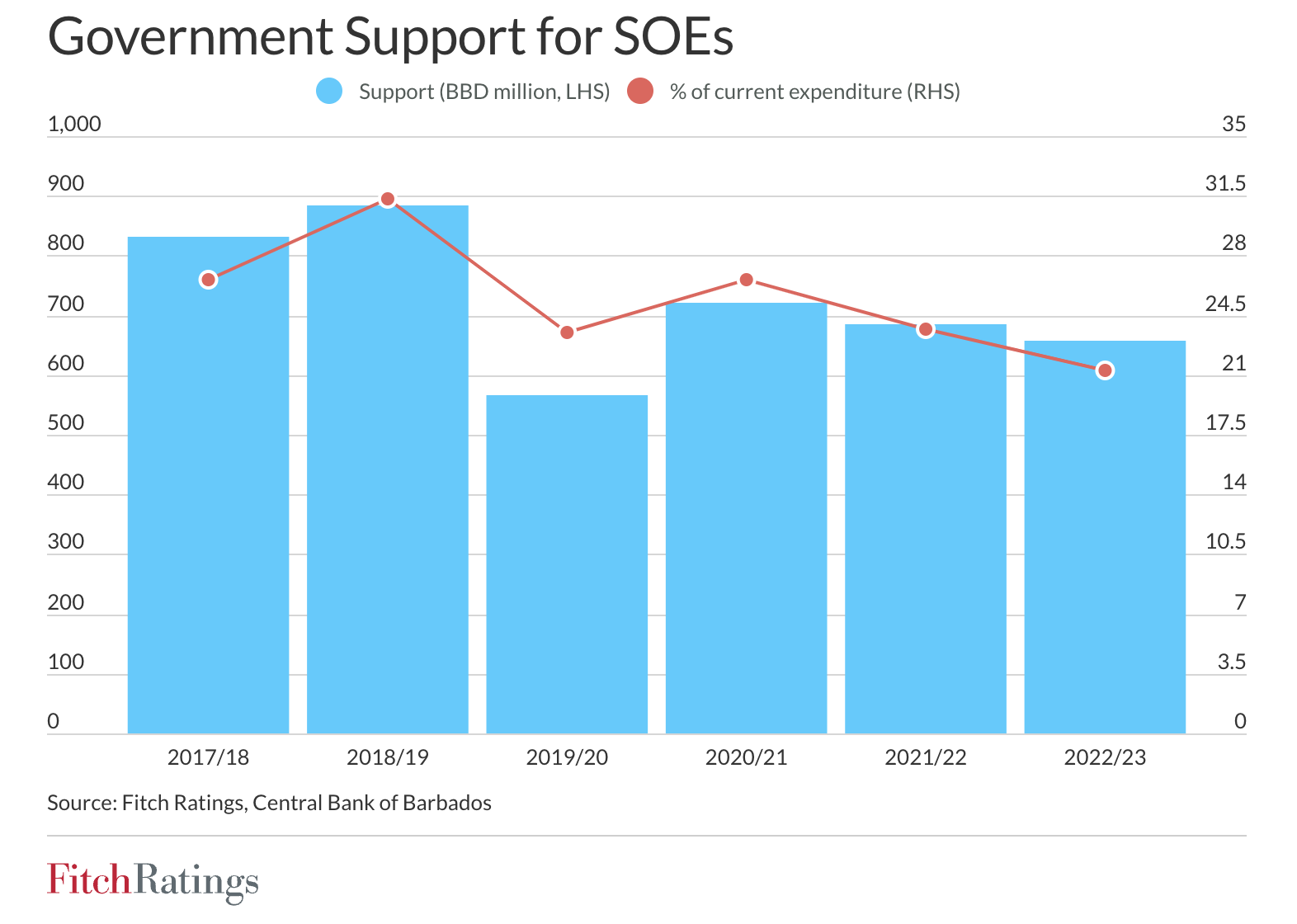Submitted by Yardbroom

We know of Bussa as a Barbados “hero” an accolade bestowed on only a select few of our sons/daughters. A statue to represent him in all its nakedness and strength, has been erected on the busy Haggatt Hall highway in Barbados, to remind us of our past.
What do we know of Bussa? It is well documented that he was of African lineage and it is also believed he came to Barbados as an adult slave. He led a slave rebellion in 1816 at Bayleys Plantation in the parish of St Philip and was killed in the ensuing battle. He like some of those who were involved in the rebellion paid the ultimate price for the insurrection. Bussa’s life post the slave rebellion is part of Barbados’ history but I will – with much conjecture – in this short submission retrace his steps before Barbados. A tall order because of the lack of specific information that relates directly to Bussa.
It is best to tell you where I am heading, before you are taken on this short journey. I believe he, “Bussa” came from the village of Bussa which is between Birni Yauri and Jessao on the Niger River. Before you ask. It is not simply a matter of choosing a place in Africa with the name of Bussa and supposing he came from there. So a few feasible pointers are required to support my conjecture.
It is believed a large number of African slaves who were brought to the Caribbean were Igbo or Nigerian. Why was he called Bussa? He could have wanted to stamp his identity by stating how he wanted to be called. . . that is my name Bussa. He therefore choose as a name where he was born. Africans saw themselves at the time as being from particular tribes and not just being from a large continent.
People far from their native home abroad are often known to others for example: The Englishman, Scot, American, in Bussa’s case it could have set him apart and given him an identity. To other slaves he was not just a slave he was Bussa which in his mind and to other slaves would have meant something not known to or appreciated by slave masters.
We know that slaves were taken from the village of Bussa the capital of Borgu, we also know Bussa was on the slave route. Richard Lander the explorer 1803-1834 confirmed seeing slaves being taken away from there as late as 1830, despite the Blockade Squadron. We also know the River Niger was used by slavers as a route to the sea.
In one of Richard Landers encounters when he was captured in 1830 he relates: ” . . . “the palaver’s judgment was that they – Richard Lander’s party – should be taken to the Obi or king of the Ibo, who would decide what to do with them. They travelled for three days down the Nun, the delta’s main branch, until one of the Ibos pointed to a clump of high trees and said: “There is my country” he was pointing to the village of Bussa.
I have attempted here to place Bussa in an area in which he could have had a connection, as we know slaves came from there and it would be remarkable indeed if there was no connection. I have no birth certificate to be sure neither is there – to my knowledge – information of Bussa saying where in Africa he came from. I only have a hunch, no more than that but that is my belief.
For those with an interest in specific detail, the town Bussa in Borgu to which I refer in this submission is no longer there. In 1968 the town was flooded for the construction of the Lake Kainji Dam. The town was relocated and is nown called New Bussa.
Perhaps it is fitting that Lake Kainji’s gentle waves lap the earth he once trod and the statue representing “the man” Bussa at Haggatt Hall gazes to the skies, for in spirit at least the message is. . . . forever free, forever free, “Free” at last.




The blogmaster invites you to join the discussion.